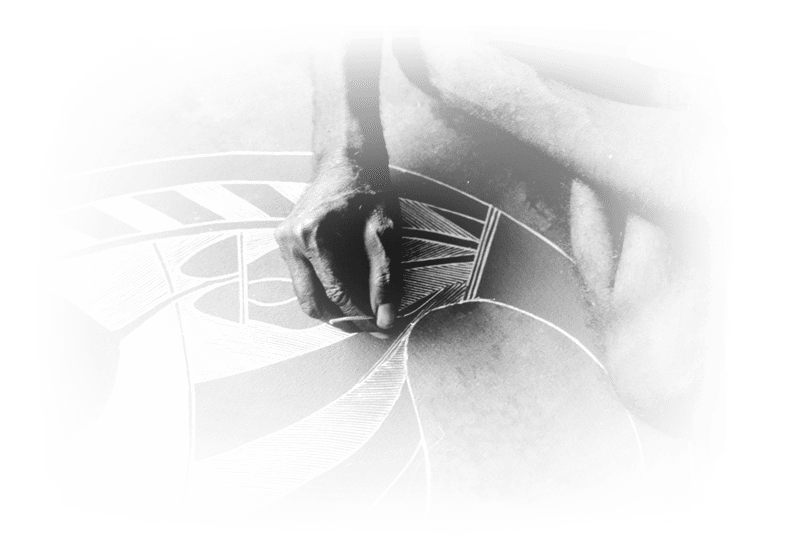The Royal Commission
On 10 August 1987 Prime Minister Hawke announced the formation of a Royal Commission to investigate the causes of deaths of Aboriginal people who were held in state and territory gaols. The Royal Commission was established in response to a growing public concern that deaths in custody of Aboriginal people were too common and poorly explained. The Letters Patent formally establishing the Commission were issued by the Governor-General on 16 October 1987. Similar Letters Patent were issued by the states and the Northern Territory.
The Commission examined all deaths in custody in each state and territory which occurred between 1 January 1980 and 31 May 1989, and the actions taken in respect of each death. The Commission’s terms of reference enabled it to take account of social, cultural and legal factors which may have had a bearing on the deaths under investigation.
The reports of the Royal Commission
The Royal Commission produced a number of reports, including individual reports for each death investigated. These were presented separately as they were completed. The Commission also produced an Interim Report, which was presented on 21 December 1988. The final report, signed on 15 April 1991, made 339 recommendations, mainly concerned with procedures for persons in custody, liaison with Aboriginal groups, police education and improved accessibility to information. The full text of the various reports can be found at www.austlii.edu.au/.
The records
The Commission created or collected about 200 shelf metres of records. These deal with the investigation of individual cases (the ‘case files’, which include exhibits and findings), underlying issues, submissions, research material, the records of counsel assisting the Commission and the administrative records of the Commission.
There is one or more case file(s) for each of the 99 deaths investigated by the Commission. The amount of documentation varies from case to case. Some cases have only a few files, while other cases can have thousands of pages of transcripts of investigations by the Commission and thousands of additional pages from the original Coroner’s Report and from welfare files, Social Security files and medical records.
After investigating the individual deaths the Commission tried to find larger social and economic factors to explain Aboriginal deaths in custody. The Commission noted that Aboriginal people had differences from other groups in Australia. For example, it noted a higher rate of alcoholism, gaoling, larger families and lower than average education. This led to an investigation into the wider underlying issues. The records of these investigations include public submissions and hearings, research papers of the Commission’s Criminology Research Unit and other specially commissioned historical, social and economic research papers. Many of the underlying issues papers have been published.
Access to the records
The Commission decided that the material it had gathered should be made as publicly accessible as possible but was aware that most of the material at the time was not yet in the open access period as defined by the Archives Act 1983. It acknowledged that privacy and Aboriginal cultural sensitivities would need to be considered (e.g. it decided that the details of individual cases should not be released on the ground that they were too distressing to the deceased's family and friends).
Arrangements were made between the Commonwealth and State governments because many of the records were created by state and local governments under State government powers. The Commission recommended that appropriate Aboriginal organisations should be involved in deciding the access arrangements. In brief, the current arrangements for public access to the Commission's records are as follows:
- Records which were publicly available at the time that the Royal Commission was in operation, such as transcripts of open hearings, remain publicly available.
- Individuals and organisations may obtain access to submissions or exhibits which they placed before the Royal Commission, and to related transcripts.
- Other records, including records subject to a non-publication order made by a Royal Commissioner will be considered for release under the public access provisions of the Archives Act. If required, the National Archives will consult with Aboriginal and Torres Strait Islander groups and the Department of Prime Minister and Cabinet as part of the decision making process. Before release, records will be assessed for possible Aboriginal or Torres Strait Islander cultural sensitivities, and for possible state or territory government sensitivities.
- The administrative records of the Commission are also subject to the public access provisions of the Archives Act.
Records of the Commission are held in most offices of the National Archives. If you wish to obtain access to the records, you can do so through our website, or simply ask us a question. There may be delays in gaining access to records if we are required to undertake consultation prior to determining a record's public access status.
For more information
The National Archives’ guide Aboriginal Deaths in Custody: The Royal Commission and its Records, 1987–1991 by Peter Nagle and Richard Summerrell, describes all the records of the Royal Commission. This guide is also available in our research centres.

